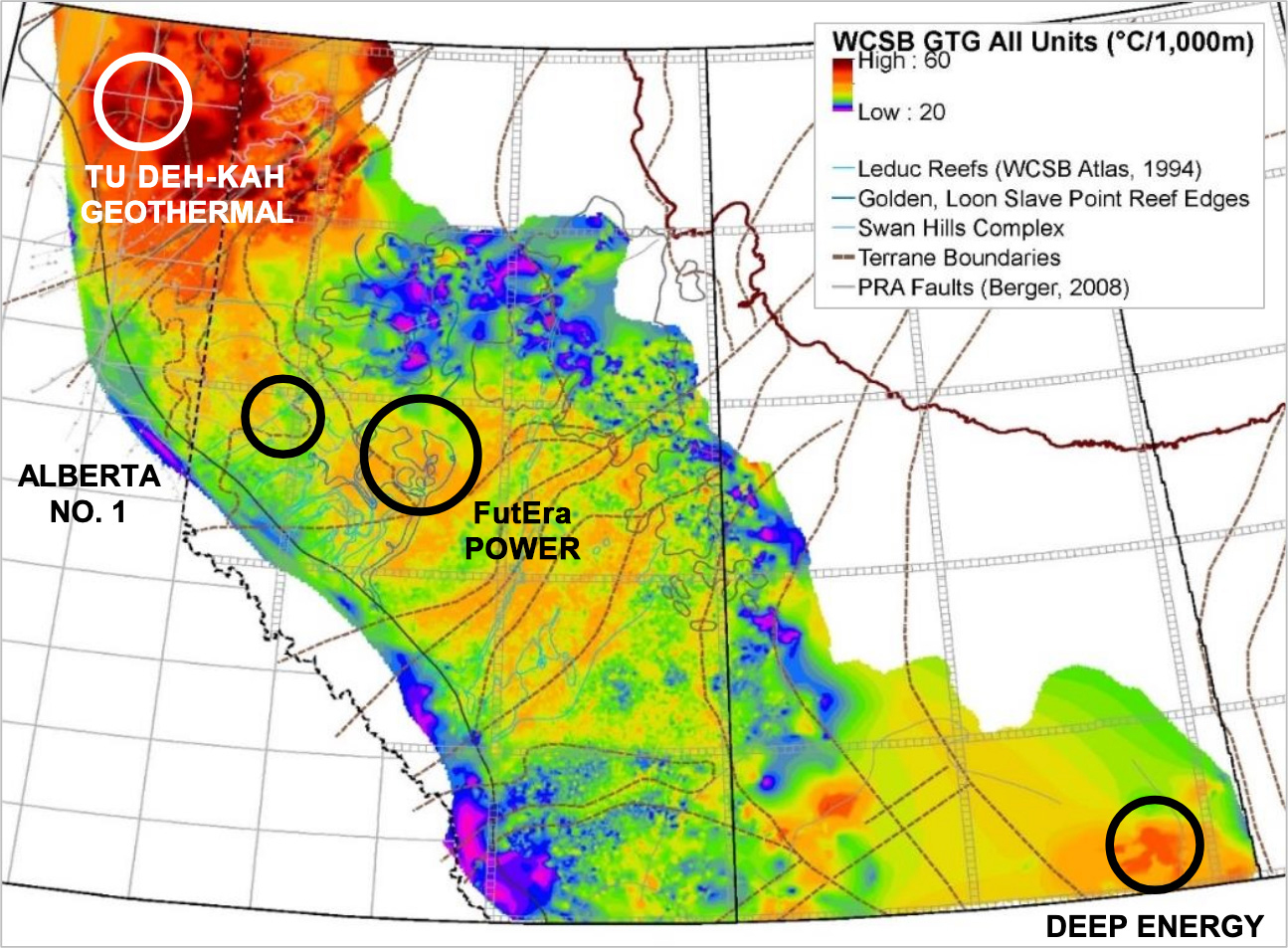Geothermal energy extraction relies on three key components:
- Subsurface heat
- Permeable rock to transfer heat
- Transfer medium (typically water) to bring the heat resource to the surface
In large-scale geothermal schemes, heat is extracted from the earth by circulating fluid through a hot reservoir at depth, and using the heated fluid at surface as feedstock in geothermal power plants to drive steam turbines, and in turn generate electricity.

- Available 24/7/365, regardless of seasons, climate or weather.
- Geothermal power plants have a high capacity factor (~90%) - meaning they can operate at maximum capacity nearly all the time - unlike intermittent sources of energy like wind and solar.
- Renewable and sustainable energy source due to the hot reservoirs within the earth being continually and naturally replenished.
- Limited footprint relative to wind or solar installations, or traditional oil and gas or mining operations
- Carbon impact of a geothermal power plant is very low. Geothermal has the smallest lifecycle carbon footprint of all renewable energy technologies, including wind and solar. Binary-cycle geothermal plants, which operate in a closed cycle, release essentially zero emissions.
- Geothermal plants are long-lasting, safe, and reliable, with expected lifespans up to 80-100 years. Because there are no fuels involved there is no risk of fire and overall, this type of system guarantees excellent reliability.
- Geothermal power plants have low operating costs once the initial infrastructure is in place making them economically competitive in the long run.
- Global installed geothermal capacity rose from 14.2 GW to 16.3 GW between 2019 and 2023
- 32 countries currently produce geothermal energy, led by the US, Indonesia, Philippines, and Turkey (Top ten countries by installed geothermal capacity, 2023)
- In Canada, almost all geothermal applications provide heating for buildings, agriculture, hot springs, or industry
- At present, the only commercial geothermal power production in Canada, is from the South Swan Hills Geothermal Power Project
- 21.9 GWh of geothermal electricity generated in Alberta in 2023 (source: AER)
- Alberta forecasts annual growth of 21%, expected to reach 116 GWh by 2033 (source: AER)

- At present in Canada, most geothermal energy usage is limited to Commercial & Residential applications (direct-use/district heating)
- However, geothermal electrical generation is being developed in areas of Western Canada with higher geothermal gradients. Newer drilling technology will allow us to access deeper and hotter reservoirs










